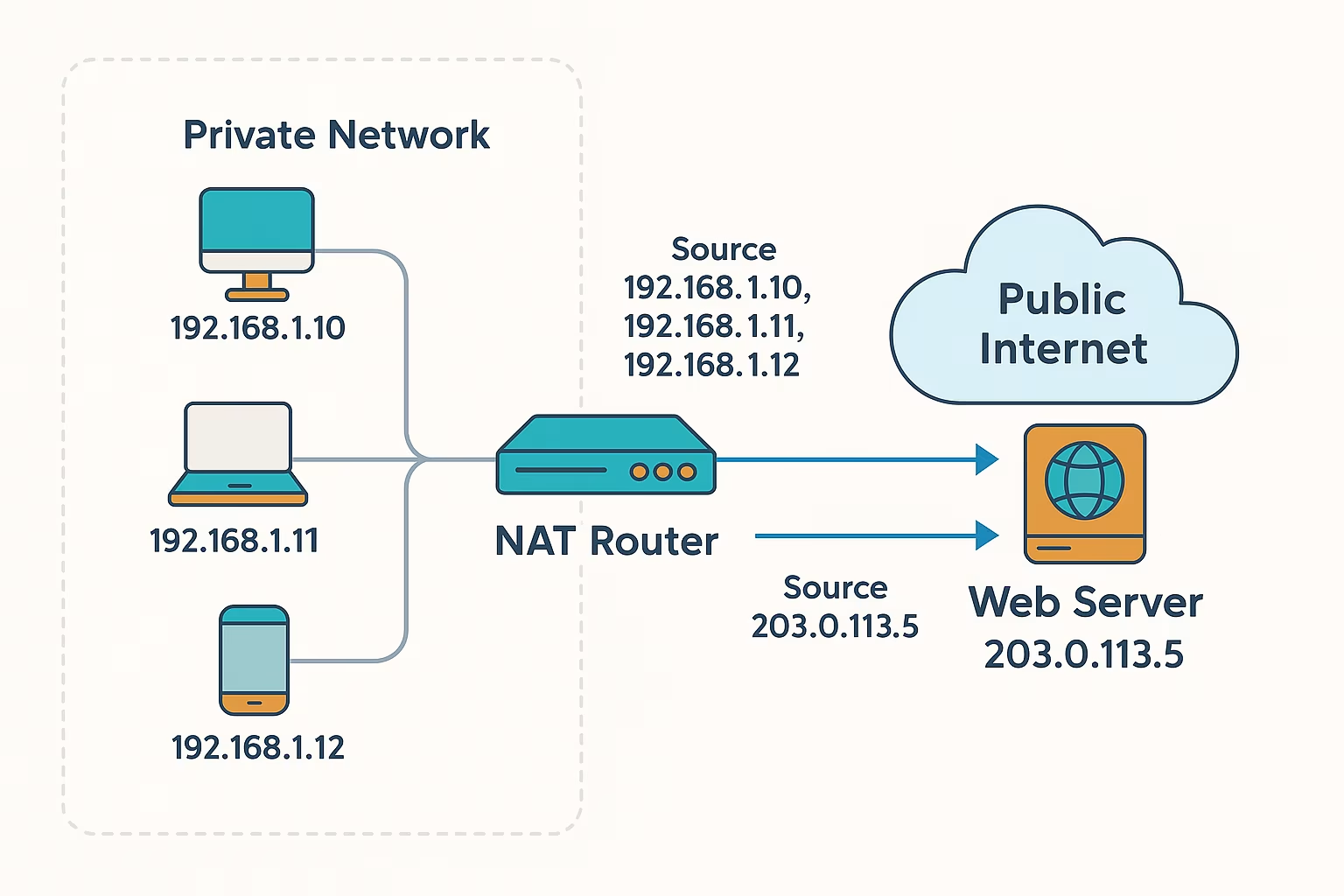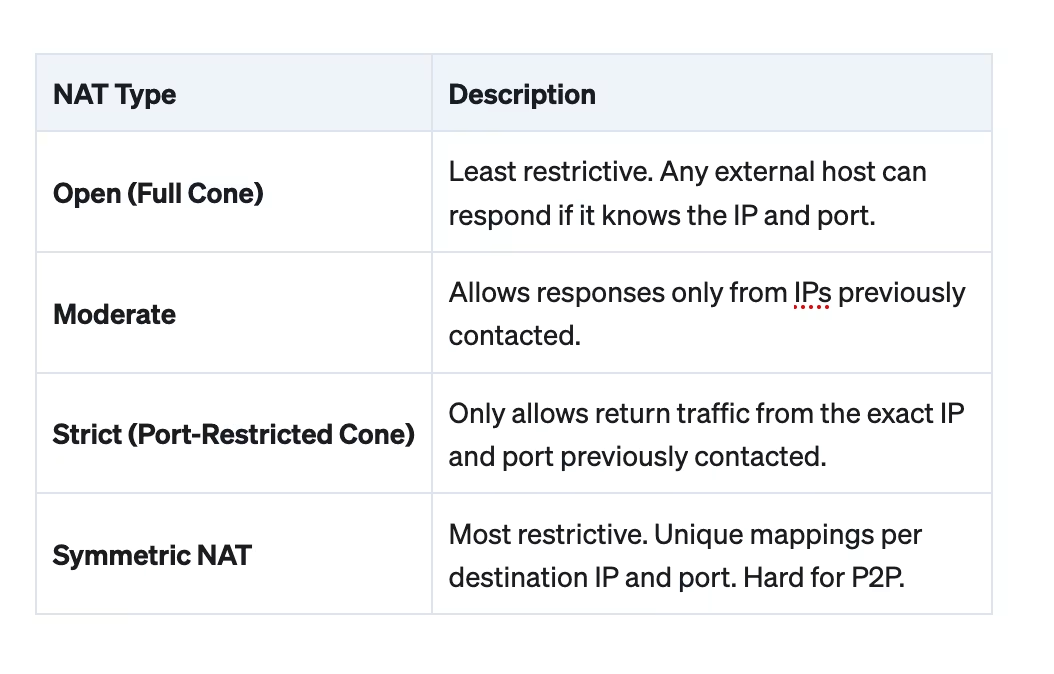
Understanding NAT: What It Is, How It Works, and Why It’s Still Essential
Network Address Translation, or NAT, is one of the most widely used technologies in networking today. From your home Wi-Fi router to massive cloud data centers, NAT is the quiet workhorse that enables millions of devices to communicate with the internet while conserving IP space and adding a layer of privacy. But what exactly is NAT, how does it work, and why is it still so important?
This article explains NAT in plain language, answering common questions about NAT gateways, NAT types, and when and why NAT is used in real-world networks.
At its core, NAT works by modifying the source or destination IP addresses in packets as they pass through a router or firewall. This allows multiple devices on a private network (like 192.168.1.10, 192.168.1.11, etc.) to share a single public IP address when accessing the internet.
Here’s a simple example:
This IP and port translation is what enables NAT to efficiently reuse limited public IP addresses across many devices.

A NAT gateway is a cloud-based implementation of NAT commonly used in platforms like AWS, Azure, and GCP. It acts as a bridge between private subnets and the public internet, allowing outbound traffic (like software updates or API calls) without exposing private resources to inbound traffic.
Key functions of a NAT gateway:
In AWS, for example, NAT gateways are typically deployed in public subnets, while workloads in private subnets route outbound traffic through them using route table rules. This setup lets internal systems access the internet securely, without being directly reachable from it.
There are several types of NAT, especially relevant for gaming, video conferencing, and peer-to-peer communication. The NAT type describes how aggressively the system filters incoming connections based on prior outbound connections.
Common NAT Types:

What NAT Type Is Best?
NAT always hides the source IP of a device when translating traffic for internet access. This means that:
Cloud providers and enterprises rely on this behavior to prevent direct access to backend infrastructure while still allowing it to initiate external communications.
NAT gateways are used in cloud environments for several reasons:
Typical use cases include:
Strict NAT, also known as Port-Restricted Cone NAT, only allows inbound traffic from the exact IP address and port a device has already contacted. This makes it difficult for external devices to initiate new sessions back to the internal network, even if they know the public IP and port.
It is common in:
Strict NAT improves security but can interfere with apps that rely on peer-to-peer connectivity.
NAT is used because it solves three major networking challenges:
Until IPv6 becomes more widely adopted—and even then—NAT will remain a vital part of how modern networks function.
NAT may be behind the scenes, but it’s one of the most important technologies in networking. Whether you’re managing cloud infrastructure, securing a corporate network, or gaming from home, NAT ensures that your devices can communicate with the world while remaining safely tucked away behind the scenes.
Understanding how NAT works, the types of NAT behavior, and the role of NAT gateways is key to building secure, scalable, and efficient modern networks.